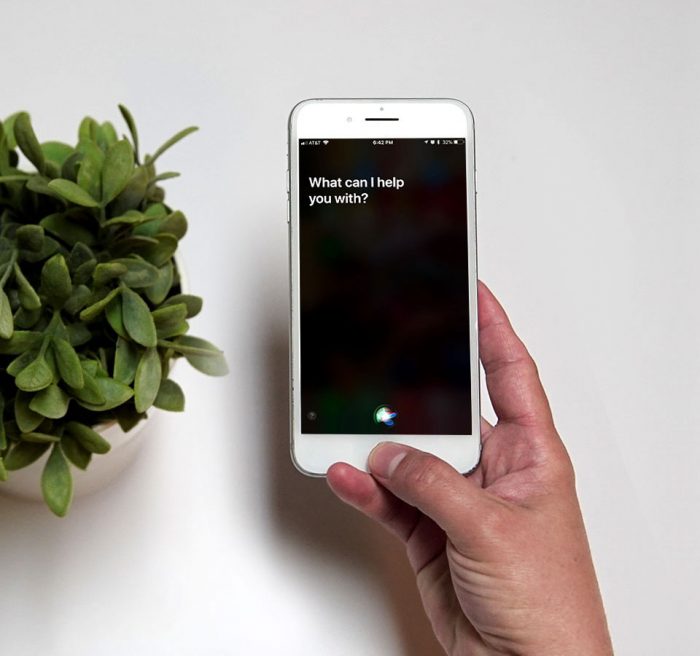
The Role of AI in the Creative Process
Will robots be capable of doing white collar jobs in the not too distant future? With a constant flood of news stories heralding the power of Artificial Intelligence lately, you may be asking yourself the same question. A 2016 World Economic Forum report has predicted that more than 5 million jobs will be lost to automation and robots by 2020. But what does this all mean for creative industries, like marketing, advertising and entertainment? Let’s take a look.
Is AI Capable of Creativity?
AI is smart, but is it creative? The jury is still out. While AI is getting better at operating driverless cars and learning how to play the Chinese game of Go with extreme mastery, its knack for creative genius seems unclear. Here are few creative assignments AI has been tasked with recently:
- Google recently fed its software more than 11,000 poems, and based on the data from those poems, the software composed new poems.
- A professor at the University of Santa Cruz has been using computers to write novels and short stories by having them analyze thousands of other stories.
- Producers of the horror movie “Morgan” tapped the IBM Watson to edit their movie trailer by having Watson analyze a number of horror films and trailers.
As with anything involving creativity, the results are always subjective. Creative output has no finite answers like you might find in math or science, so it may be difficult to gauge the success of these experiments. Since none of the projects listed above have been made readily available for public consumption, one can surmise that these projects may not be good enough for prime time. Only time will tell.
AI: Let’s Call It What It Is
AI and the machines of today learn and operate by repetition and sequencing of data points, not by intuition. For example, AI uses computer algorithms to create interesting data-driven solutions to tasks, like strategically seating airline passengers in the most efficient way, but it won’t be able to take into account the emotional and physical needs of those passengers. Computers can memorize and process a lot more information than humans, but they don’t understand why things work the way they do. AI does not have cognition, consciousness, or the ability to make decisions based on empathy.
So, while AI is getting better at tackling certain problems (like airline seating charts, Facebook news feeds), AI is still not very good at doing things that require creativity, critical thinking, leadership or artistic expression (like poems, novels or ad campaigns). That’s why, according to TRAFFIK’s Creative Director, Jeremy Troutt, “AI is another tool. Like all tools, it will work well in some areas and not in others. What allows tools to build cathedrals is the ingenuity of the people using the tool. That’s what we hire for long term, no matter how AI takes shape over the coming years.”
For marketing/advertising agencies and entertainment companies, this might mean using AI less in a creative capacity, and more so to help define or locate the target demographic based on the data. Instead of writing books, poems, or creating riveting ad campaigns, AI may be better suited to help get the creative work in front of the people it was designed for.
The AI Opportunity
At TRAFFIK, we rely on human intelligence to find creative solutions to whatever challenges our clients might be facing. However, AI has become an integral weapon in our arsenal, as it helps us sift through data to find patterns that will help us guide the creative work. If this is what you’re looking for in a marketing and advertising partner, we’d love to hear from you!














